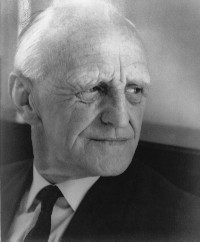We will begin with the psychosynthesis egg diagram and talk about blissful and/or terrifying experiences of Self, and the integration via will of basic unconscious and superconscious into personality. I will talk about Assagioli's concept of repression of the sublime in relation to depression and mania.
Since the time of the ancient Greeks humans have posited a connection between creativity and madness, and especially between depression with mania and creativity. I will speculate about the evolutionary role of depression and mania and the overlap with creativity.
"When a superior intellect and a psychopathic temperament coalesce," wrote psychologist William James as the twentieth century began, "we have the best possible condition for the kind of effective genius that gets into the biographical dictionaries. Such men do not remain mere critics and understanders with their intellect. Their ideas posses them, they inflict them, for better or worse, upon their companions of their age"
This kind of view can romanticize mental illness and even more dangerously be used to create a rationale for resisting treatment resulting in some of the naïve excesses of RD Laing and others in the 1960s and 70s. In the immortal words of Tom Waits “If I exorcise my devils well my angels may leave too.“
However James also stressed the debilitating extremes of psychiatric illness. This moderate view, underscoring the need for balance in an effectively creative person, has since characterized much thinking on the subject of creativity and mental disturbance. As Sylvia Plath later said, "When you are insane, you are busy being insane - all the time... When I was crazy, that's all I was."
However there seems to be at least some psychological research which points to a connection between creativity and depression especially to bi-polar disorder and this has implications for our attitudes to clients and to treatments.
Kay Redfield Jamison, a professor in psychiatry at Johns Hopkins University and herself someone who experiences manic-depression, has written an evocative memoir An Unquiet Mind but more recently an examination of Manic-Depressive Illness and the Artistic Temperament called Touched with Fire. I’ll discuss some of the research she sites that has been conducted posthumously on artists, poets and musicians and their volatile emotional lives. Other forms of research have investigated contemporary artists and their close relatives to see if there is any overlap between creative achievement and mania-depression.
University of Iowa psychiatry resident Nancy C. Andreason, found an extraordinarily high rate off affective illness among writers participating in the University of Iowa Writer's Workshop, and among their families. Andreasen, a Ph.D in English literature, obtained interviews with 30 faculty members at the prestigious workshop and matched them with control subjects in non-artistic professions. She found that 80 percent of the participating writers revealed they had suffered either depression or manic-depression (an emotional disorder characterized by extreme, sometimes debilitating mood swings) compared with 30 percent of the control subjects. Two of the writers eventually took their own lives.
Jamison, a professor of psychiatry at the Johns Hopkins University School of Medicine who has talked openly about her own manic depressive emotional instability, approached a group of 47 eminent Britons while on sabbatical at Oxford and asked them to complete exhaustive questionnaires about mood swings and creativity. Jamison's sample of cultural heavy hitters included members of the Royal Academy and contributors to the 'Oxford Book of Twentieth-Century English Verse. Jamison found 38% of these artists had been treated for affective illness including depression and bipolar disorder and 28% had gone beyond talk therapy to psychotropic medication or electroconvulsive therapy. This level of psychic distress far surpasses that in the general population, where rates of bipolar illness are about 1% and major depression are 5-15%
Creative inspiration - particularly artistic inspiration -- has often been thought to  require the sampling of dark "depths" of irrationality while maintaining at least some connection to everyday reality. This dive into underground forces "reminds one of a skin-diver with a breathing tube" wrote Arthur Koestler in his influential book, The Act of Creation. According to Koestler, "the creative act always involves a regression to earlier, more primitive levels on the mental hierarchy, while other processes continue simultaneously on the rational surface."
require the sampling of dark "depths" of irrationality while maintaining at least some connection to everyday reality. This dive into underground forces "reminds one of a skin-diver with a breathing tube" wrote Arthur Koestler in his influential book, The Act of Creation. According to Koestler, "the creative act always involves a regression to earlier, more primitive levels on the mental hierarchy, while other processes continue simultaneously on the rational surface."
People recognized for their creative genius often depict moments of inspiration as an electrifying convergence of rational and irrational thought. If creativity is to be found between the rational and the irrational; between the known and the unknown; between the conventional and the innovative, then the creative mind continually runs the risk of going "too far." As Koestler has put it, "skin-divers are prone to fall victim to "the rapture of the deep" and tear their breathing tubes off"
In a nutshell Koestler shows how in some instances “two and two can make five.” That is, by bringing together two phenomena not previously linked, a new whole emerges that is greater than the sum of its parts. This process of conjunction he termed "bisociation.
Koestler’s thoughts seem to have some parallels with the recent brain research of Oxfords Timothy Crowe. Crowe has developed a linguistic-evolutionary model that hypothesizes that speech is the origin of self-consciousness, and self-consciousness the origin of mental illness. He says the difference between humans and other primates is that our brains are asymmetrical and this asymmetry is crucial to language processing-left-brian expression or processing of right-brain concepts and perceptions. He proposes that all mental illness is the consequence of disruption of normal interaction between two halves of the brain.
A neuro-scientist Richard Davidson from University of Wisconsin has studied what happens in neural and chemical activity in our brains when we look at erotic photos or hear scary noises. Some people when exposed to a gruesome photo will have a reaction that dies down fast, others will have the same chemical rush but it will take a long time to come back down. Davidson believes people with slow recovery time are much more vulnerable to depression. Some people experience more highly activated right prefrontal cortexes than others in the population. They tend to experience more negative emotion and are more likely to experience depressed immunity and have higher levels of cortisol, the stress hormone. Davidson’s research then takes an interesting twist as he incorporates thinking about toddlers making their first one word utterances and pointing at the same time. He sees use of language as pleasurable. People who are depressed loose interest in talking, people who are manic talk incessantly. Across cultures the most consistent mood enhancer is speech. Dwelling on negative events is painful but talking about current pain alleviates it.
Simply talking about it activates left brain underperformance and helps free us from the grip of depression. Thus the evolutionary thrust that morphed us into talking primates, also predisposes us to depression, and gives us a means to escape it.
I learned about Crowe and Davidson’s research through the incredibly comprehensive “The Noon Day Demon: an anatomy of depression” by Andrew Soloman himself a survivor of intense and debilitating attacks of depression. Soloman, Jamison and others argue that depressed people have a more accurate view of the world and better judgment than do non-depressed people. The maintenance of positive self-enhancing illusions seems to be a key to being able to manage the vagaries of earthly existence or as T.S. Eliot said "Human kind cannot bear very much reality." Too much illusion leads to foolish risk taking and lack of empathy for others, too little leads a sense of futility, lack of motivation and a world emptied of meaning.
For those of us who work in the helping professions the generation of hope in the face of humbling pain and despair, the maintenace of loving regard towards those who are trapped in the isolation of a withdrawn and depleted self, challenges us to work through our own emotional difficulties, to find ways to value ourselves and participate with fullness in life and to be present to ourselves, our needs and to others and their needs, to open to our potential and our goodness as well as staying mindful of the strengths and potential of those we work with.


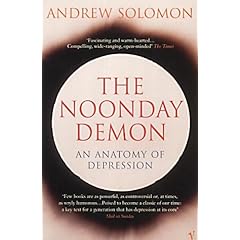

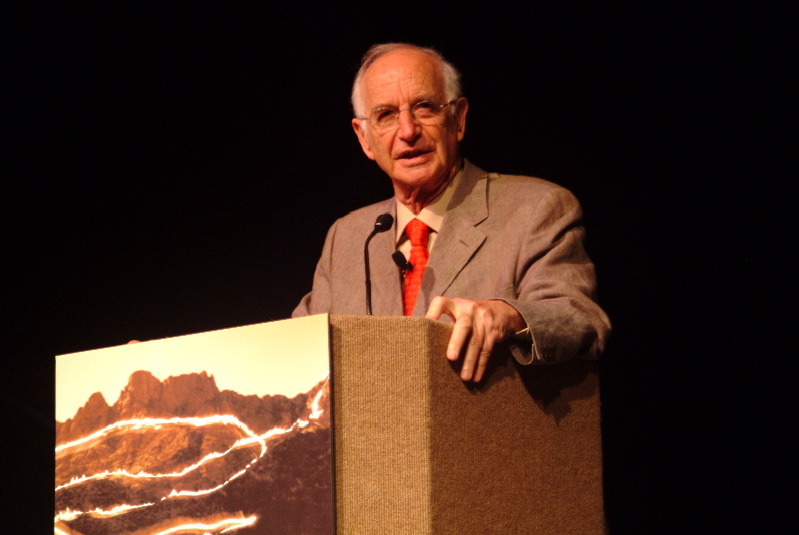
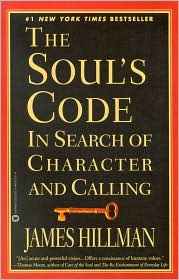
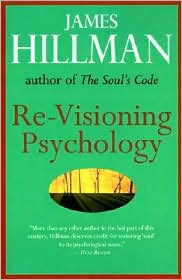



 The Greeks cleverly distinguished four different types of Love: sex, erotic, philia or friendship and agape or caritas which can roughly be translated as care. In Love and Will Rollo May advocates an integration of sex with these other aspects to deepen intimacy. Written in the 60s this book describes the poverty that results from flying to the sensation of sex innorder to avoid the commitment of genuine love.
The Greeks cleverly distinguished four different types of Love: sex, erotic, philia or friendship and agape or caritas which can roughly be translated as care. In Love and Will Rollo May advocates an integration of sex with these other aspects to deepen intimacy. Written in the 60s this book describes the poverty that results from flying to the sensation of sex innorder to avoid the commitment of genuine love. 


